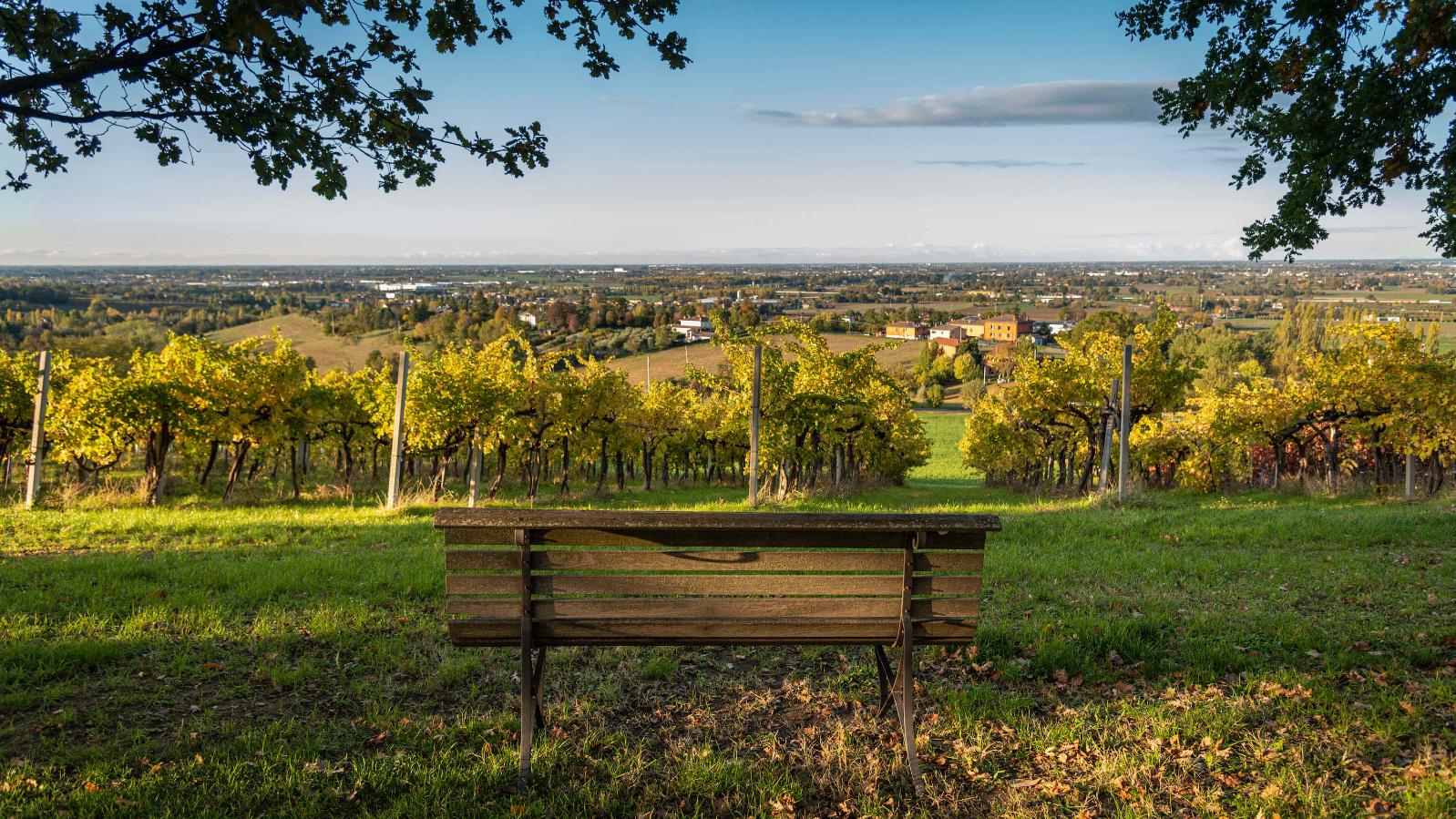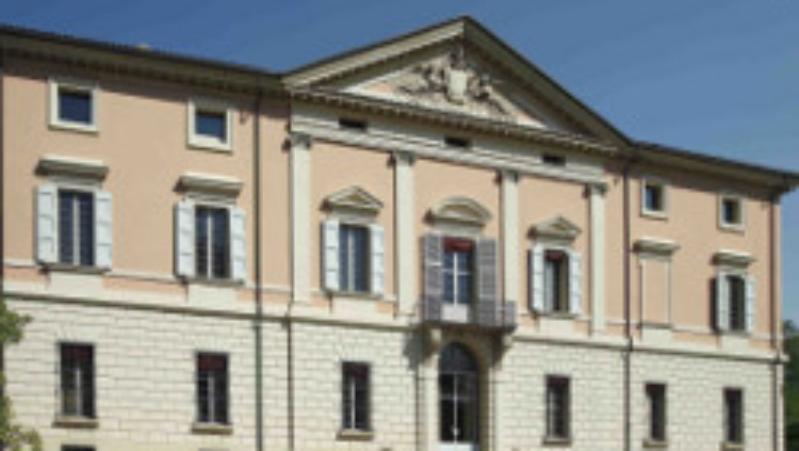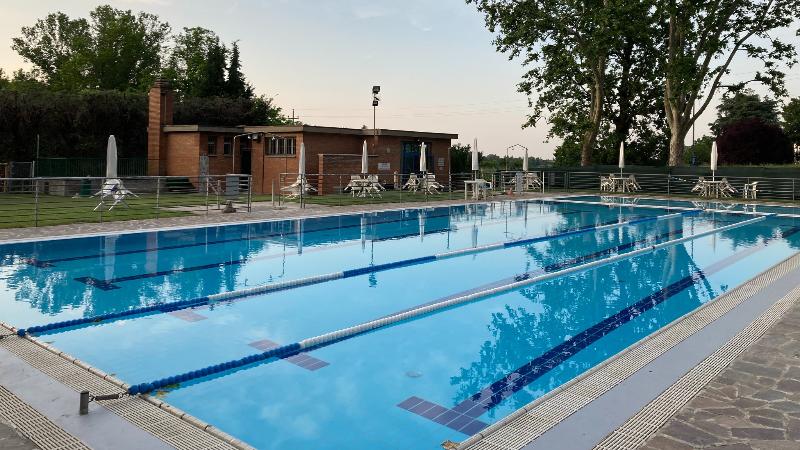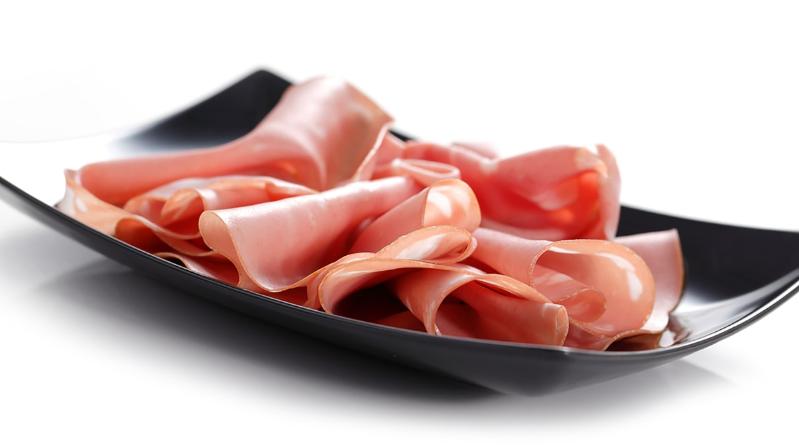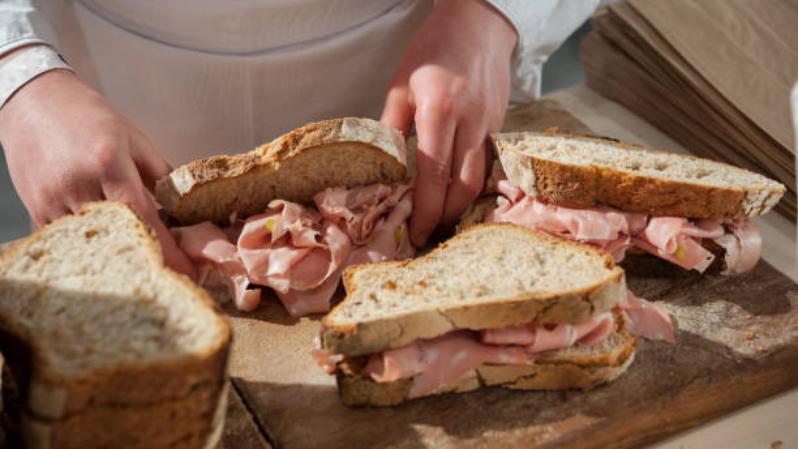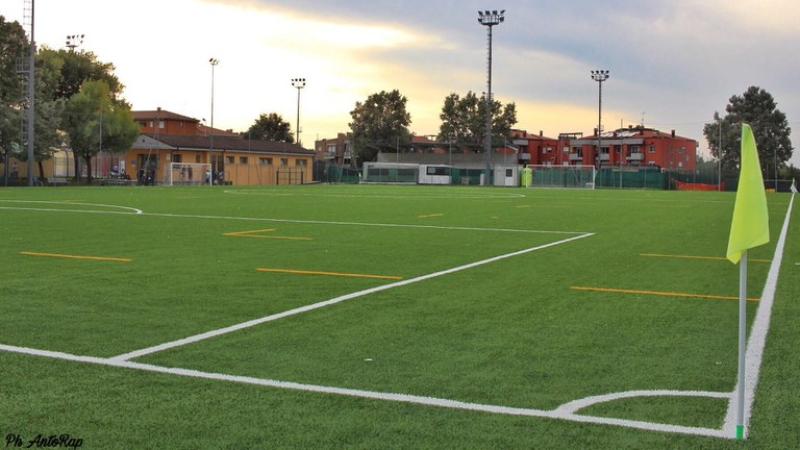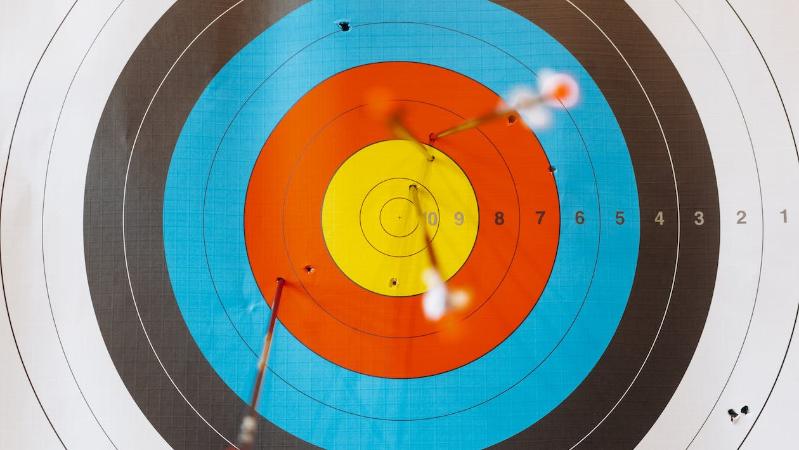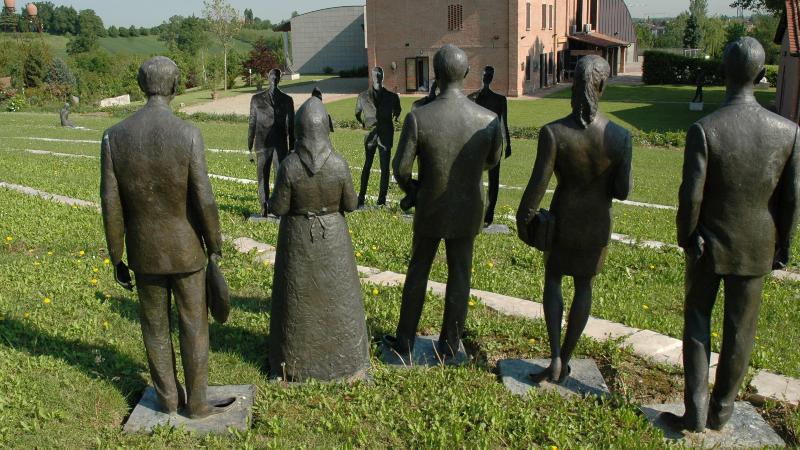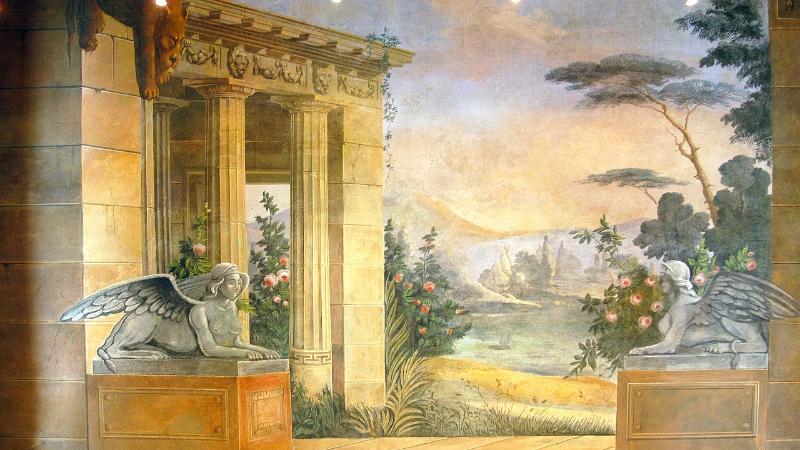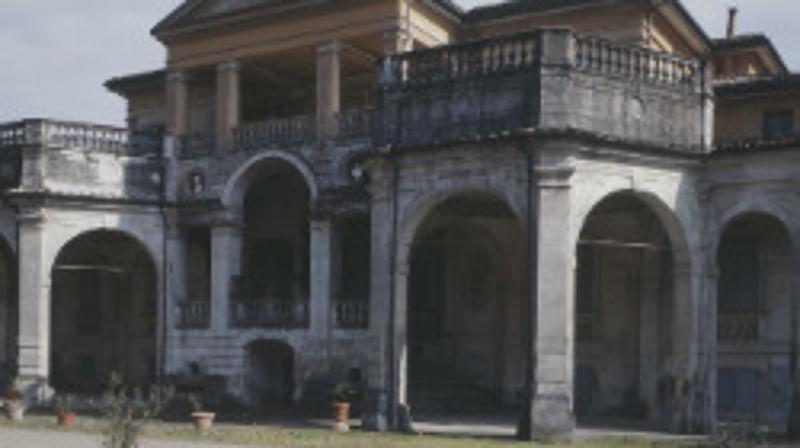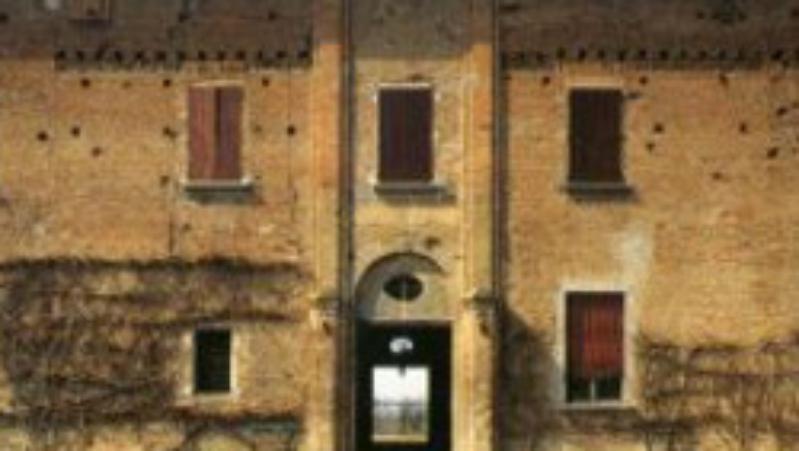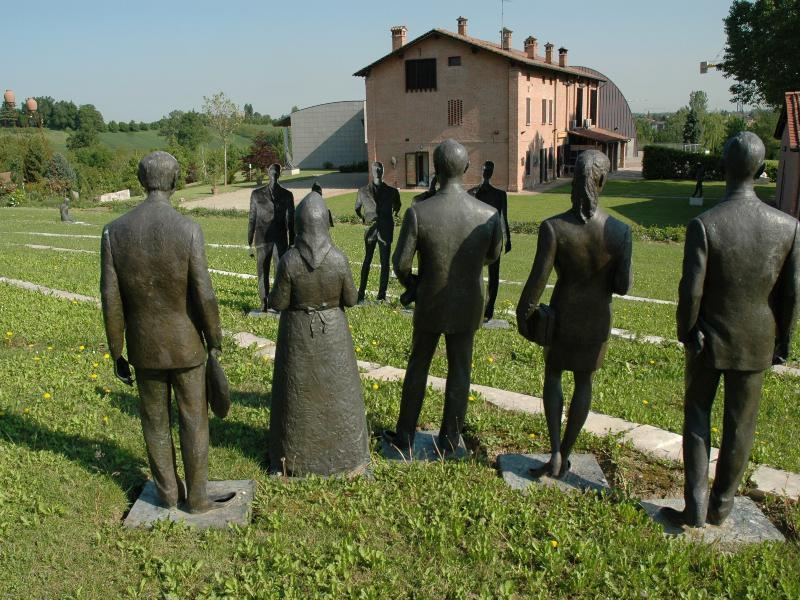
In the past it was called Cellula Petrosa, by the name of the two neighbouring settlements: Cellula turned first into Ceula and later in Zola, while Petrosa turned into Pedrosa.
The territory of Zola Predosa, just 12 kilometres from the centre of Bologna, lies between high plains and gentle hills, with grape cultivation dominating. A land that has produced wine of value since the Middle Ages (mentioned even in a parchment from 1033 kept in the Abbey of Nonantola). Together with the hills, the area also features gypsum formations, which since 2023 have been included in the UNESCO serial site "Karst and Caves in the Evaporites of the Northern Apennines." The historical importance of this material (gypsum) is reflected in the name of the "Sentiero dei Gessaroli" ("Trail of the Gypsum Miners" — the gessaroli were those who extracted gypsum), a route that runs from Zola Predosa to Casalecchio. It passes through Via Gessi and the park of the same name, as well as Monte Rocca and Monte Capra, which were central sites for gypsum extraction.
Zola is a member of the National Association of "Wine Cities".
Palazzo Stella is the ancient seat of the Municipality of Zola. Outside a memorial plaque recalls the local origins of the painter Francesco Raibolini, known as Il Francia (1450- 1517), an important figure of the Bolognese Renaissance.
Recently restored, Villa Edvige Garagnani today houses the Tourist Office in charge of all the Samoggia Valley. Built in the second half of the 18th century, the villa is a beautiful example of a bourgeois holiday residence. There are beautiful woodland frescoes attributed to the Basoli.
However, it is along the River Lavino, a tributary of the Samoggia, that in the space of just 4 kilometres there is a concentration of some of the most beautiful historical Bolognese residences, many of which offer their atmospheric settings for all types of events, from meetings to refined courses in traditional cooking.
Palazzo Albergati is an elegant 17th century villa, designed by the architect Gian Giacomo Monti, the same who created the arch at the beginning of the portico of San Luca in Bologna. The simplicity and compactness of the facade is misleading, hiding the splendour of the interiors, which make it one of the best examples of Baroque architecture in Italy.
Also worth seeing is Palazzo Pepoli, commissioned in the 16th century by Alessandro Bentivoglio, son of Giovanni II, Lord of Bologna. Inside there is a rich collection of painted wooden ceilings.
In the garden, remains of the numerous fountains and fish-ponds can still be seen, fed with water from the River Lavino, which also supplies water for the small lake in the park of the nearby Villa Magnani, designed by the famous Piedmont landscapist Ernesto di Sambuy.
Villa Zanchini Garagnani, built from 1679 onwards, is notable for its highly original covered driveway, which can also accommodate coaches.
Contemporary art is housed in Ca' La Ghironda, a museum and exhibition complex in the greenery of the hills behind Ponte Ronca.
As well as wines and the classic tortellini, other specialities of the territory are Sughi d'uva (rape must desserts), Saba (traditional cooked must), the Torta zolese (cake of Zola), the Raviole di San Nicolo (sweet, filled pastries), the Torta di riso (rice cake), and salami, in particular mortadella.
Zola is the place to find the main producers of the most famous cured meat of Emilia: mortadella. Many companies are open for guided visits.
Information
IAT diffuso (per i comuni di Valsamoggia, Zola Predosa, Casalecchio di Reno, Monte San Pietro)
Via Contessa Matilde, 10, loc. Bazzano, Valsamoggia, Bologna, Italy
Tel. +39 051 836441
Email: info@visitcollibolognesi.it
Web: visitcollibolognesi.it
Piazza della Repubblica,1 – 40069 Zola Predosa
Tel. +39 051 6161610
Email urca@comune.zolapredosa.bo.it
Web www.comune.zolapredosa.bo.it
Opening times:
- Mon, Tue, Wed and Fri 7.45am-1pm
- Sat 7.45am-12.30pm
- Thu 7.45am-1pm, 2.30pm-6pm


